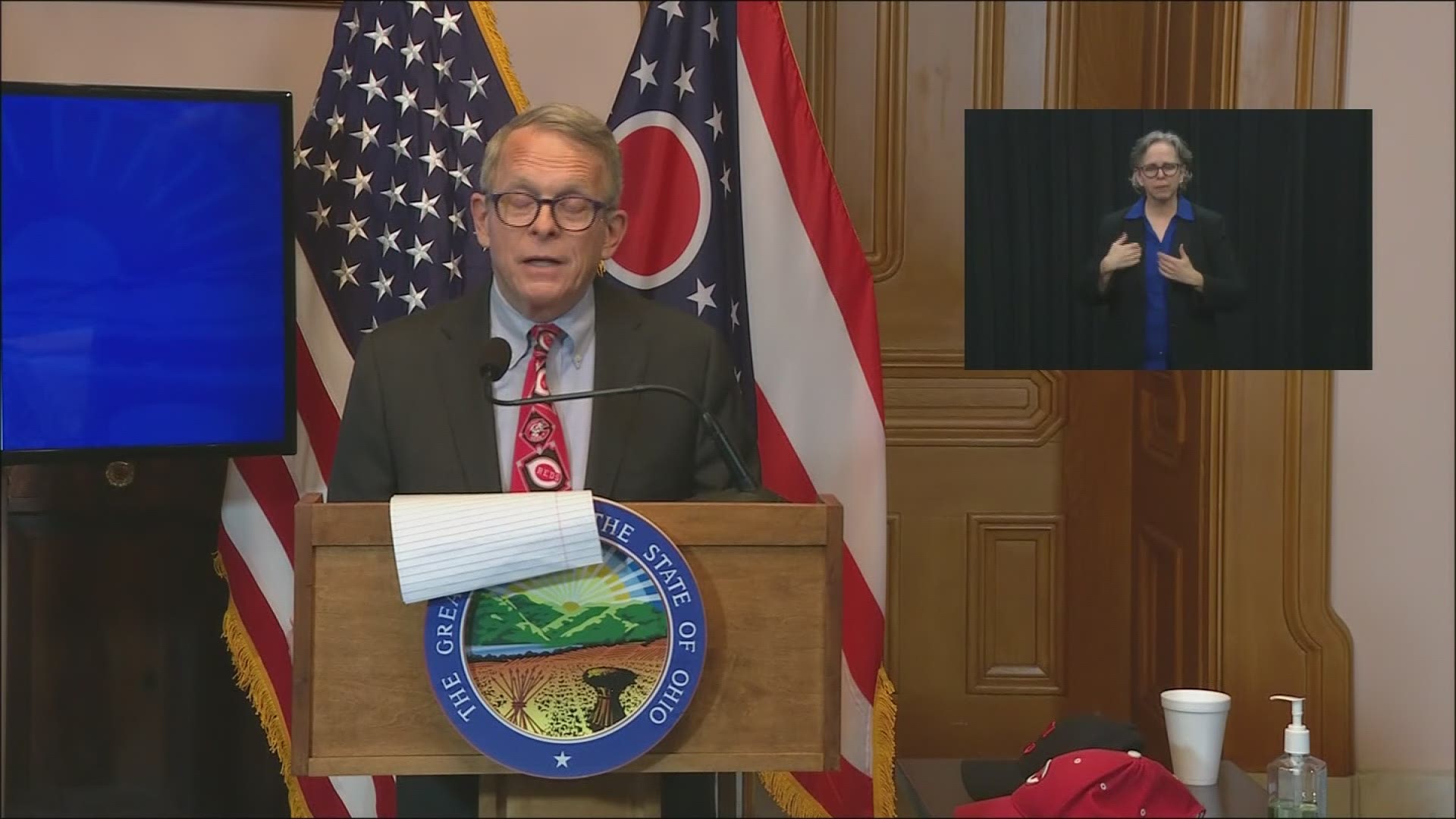CLEVELAND — As we all go through the daily struggle in the battle against the spread of COVID-19, it's useful to take a few moments and consider the last time our world had to deal with a pandemic.
Just over a century ago, the 1918 Pandemic, more commonly known as the Spanish Flu, devastated the population of our planet.
How bad was it? According to the Centers for Disease Control and Prevention (CDC), an estimated 500 million people or one-third of the world’s population became infected.
The number of deaths was estimated to be at least 50 million worldwide with about 675,000 occurring in the United States. Here in Cleveland, more than 4,400 people died between September of 1918 and February of 1919. During that span, 3.5% of the city’s population came down with influenza or pneumonia; of those that caught the dreaded disease, 16% passed away.
The result was a total excess death rate of 474 per 100,000, the highest in Ohio, and worse than either New York City or Chicago, according to Influenza Archive from the University of Michigan.
There's no real consensus on how the pandemic began. However, here in the U.S., we know a first wave of influenza started early in 1918 in Kansas. By the spring of that year, more than 500 soldiers training at Fort Riley for deployment into action in World War I became infected.
It would get much worse.
By that fall, a second wave of the virus began to infect both soldiers and civilians in the U.S. and Europe. It would prove to be far deadlier than what had occurred earlier in the year. Boston was ground zero for influenza as its ports were kept busy with war shipments of men, machinery and supplies. As men were gathering together to join the fight, they brought the virus with them and to those they contacted. The virus killed almost 200,000 people in October of 1918 alone, according to Stanford University.
Throughout the nation, cities handled the crisis differently.
The city of Philadelphia chose to go ahead and hold its "Liberty Loan" parade attended by tens of thousands in September of 1918. That decision would prove to be devastating. In just 10 days, over 1,000 Philadelphians were dead, with another 200,000 sick. By March 1919, over 15,000 citizens of Philadelphia would lose their lives.
Fast forward to the present day. On Thursday at his daily COVID-19 briefing, Ohio Gov. Mike DeWine referenced that fateful decision in Philadelphia during his remarks.
"Historians look back at that and say it's one of the reasons that kicked up the virus," said DeWine.
By comparison, St. Louis decided to close its schools and movie theaters. They also banned public gatherings. Consequently, the peak mortality rate in St. Louis was just one-eighth of Philadelphia’s death rate during the peak of the pandemic.
It's the reason why social distancing is considered the key to stopping the current coronavirus.
During Thursday's briefing in Columbus, Ohio Department of Health Director Dr. Amy Acton showed the state's projected coronavirus curve. It revealed that the state's peak is currently slated to reach as many as 6,000-8,000 new cases per day in late April.
Had the state not put social distancing measures in place, Dr. Acton's model shows Ohio would currently be peaking with as many as 40,000 new cases a day, a number that would have overwhelmed the state's health resources, as they did in Philadelphia in 1918.
These are difficult times for all of us. However, it's important to make sure we remember the lessons of the past, so we are not condemned to repeat it.
Click here for our special coronavirus section.

